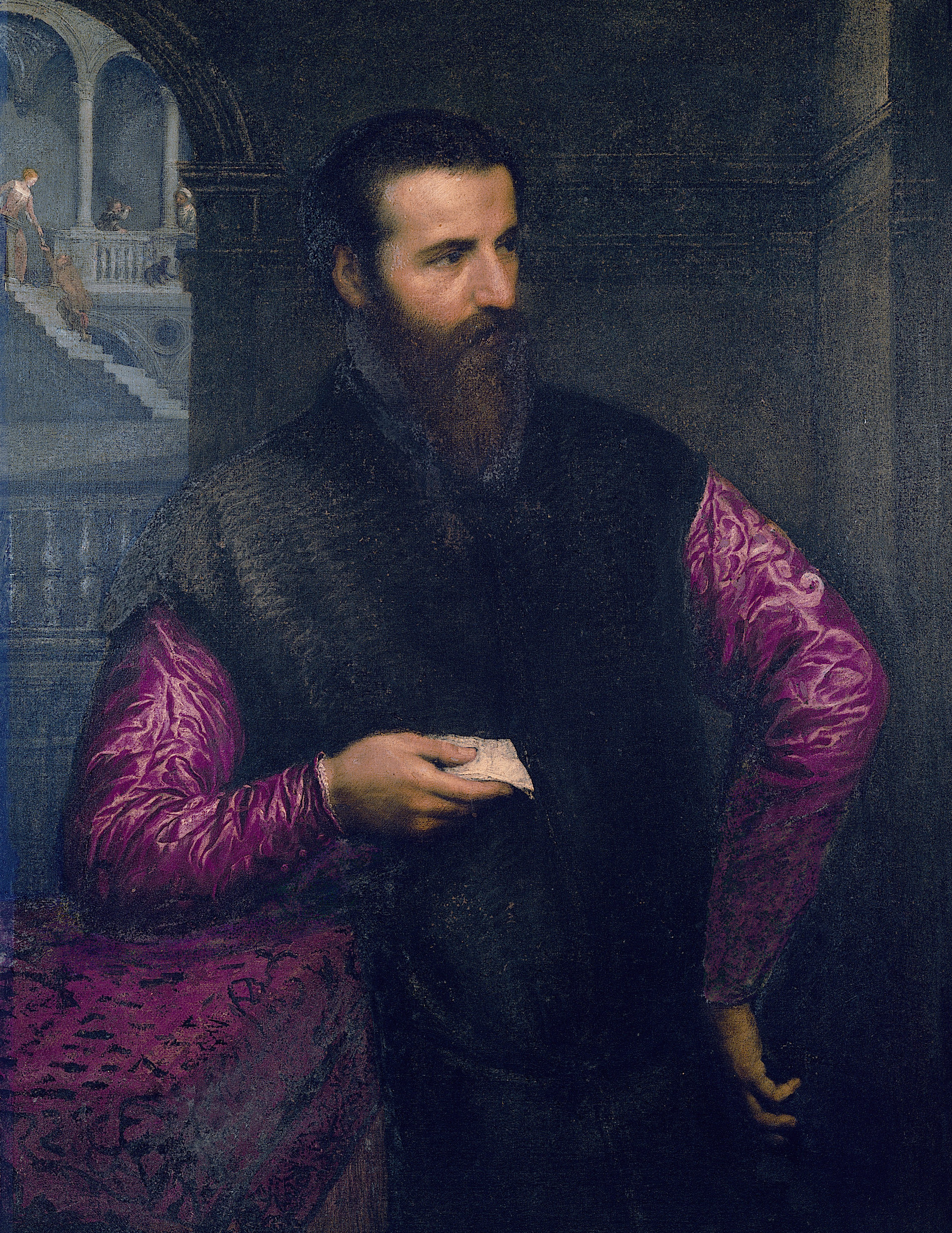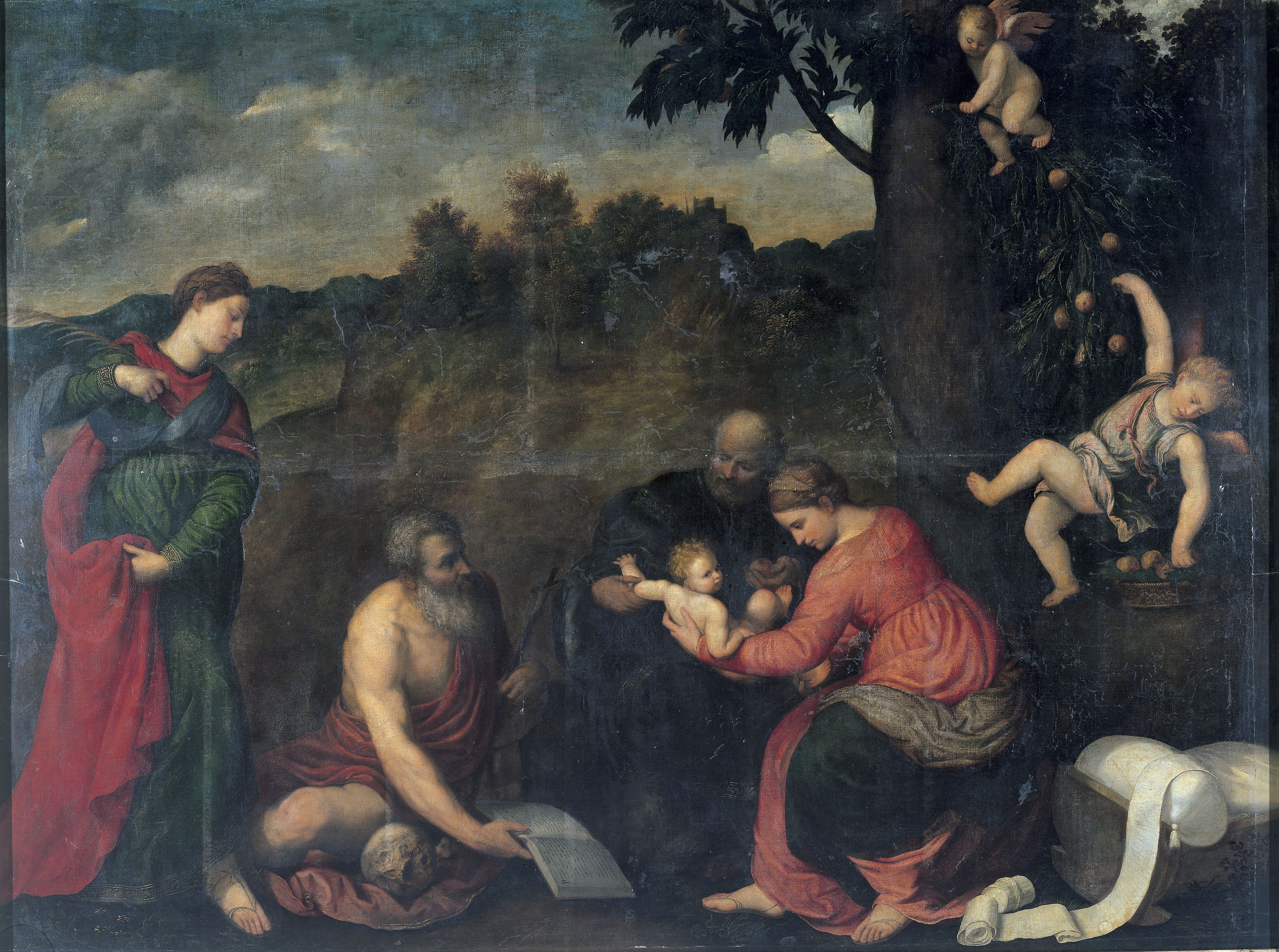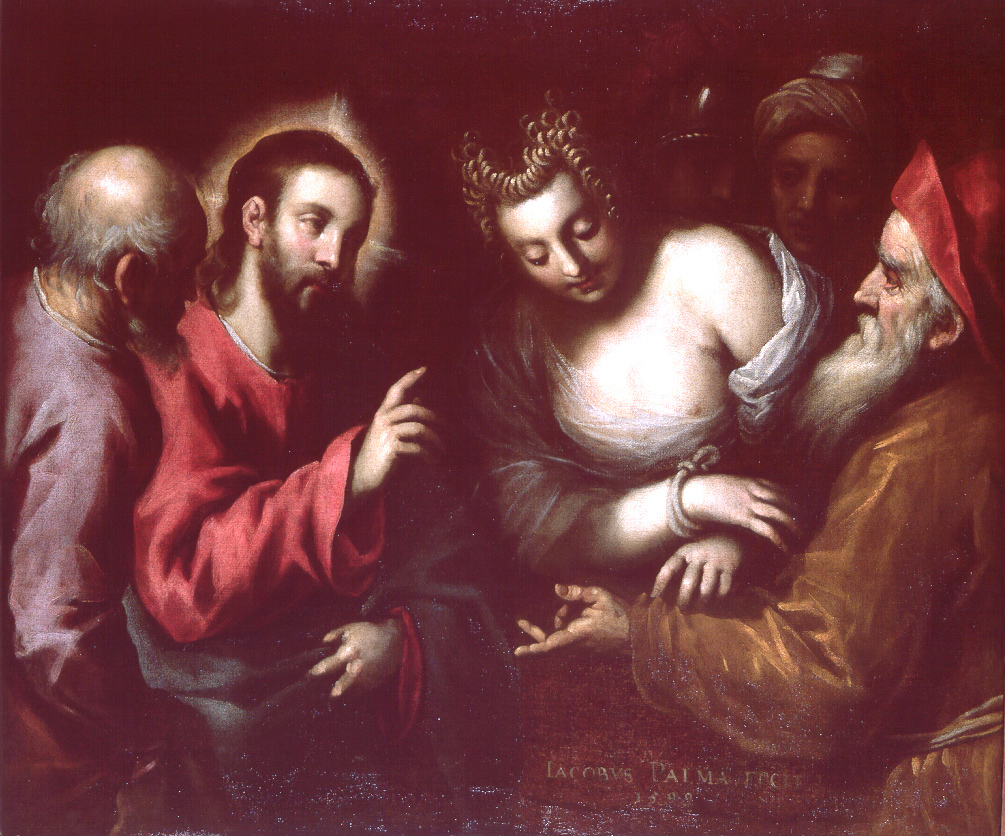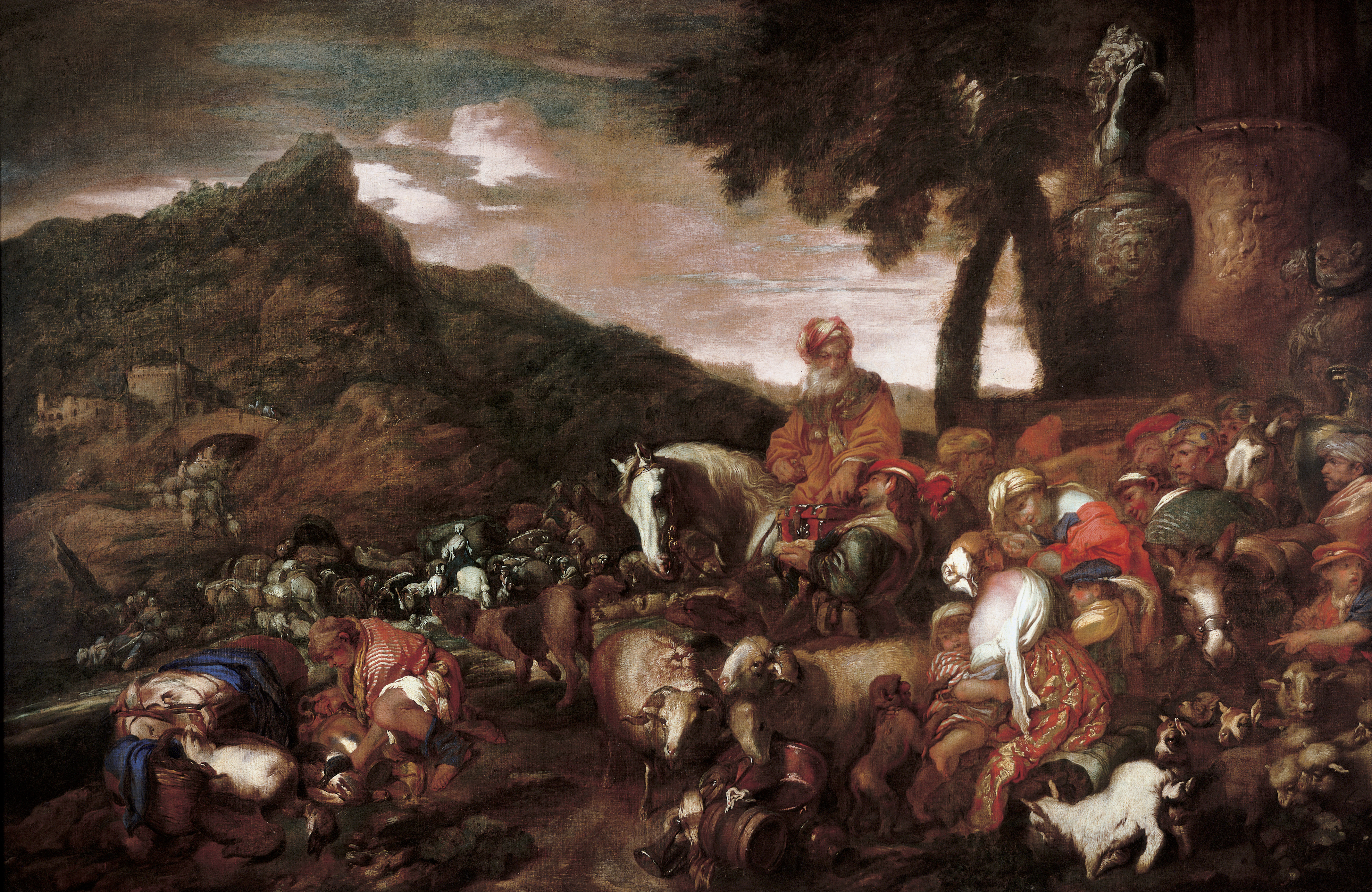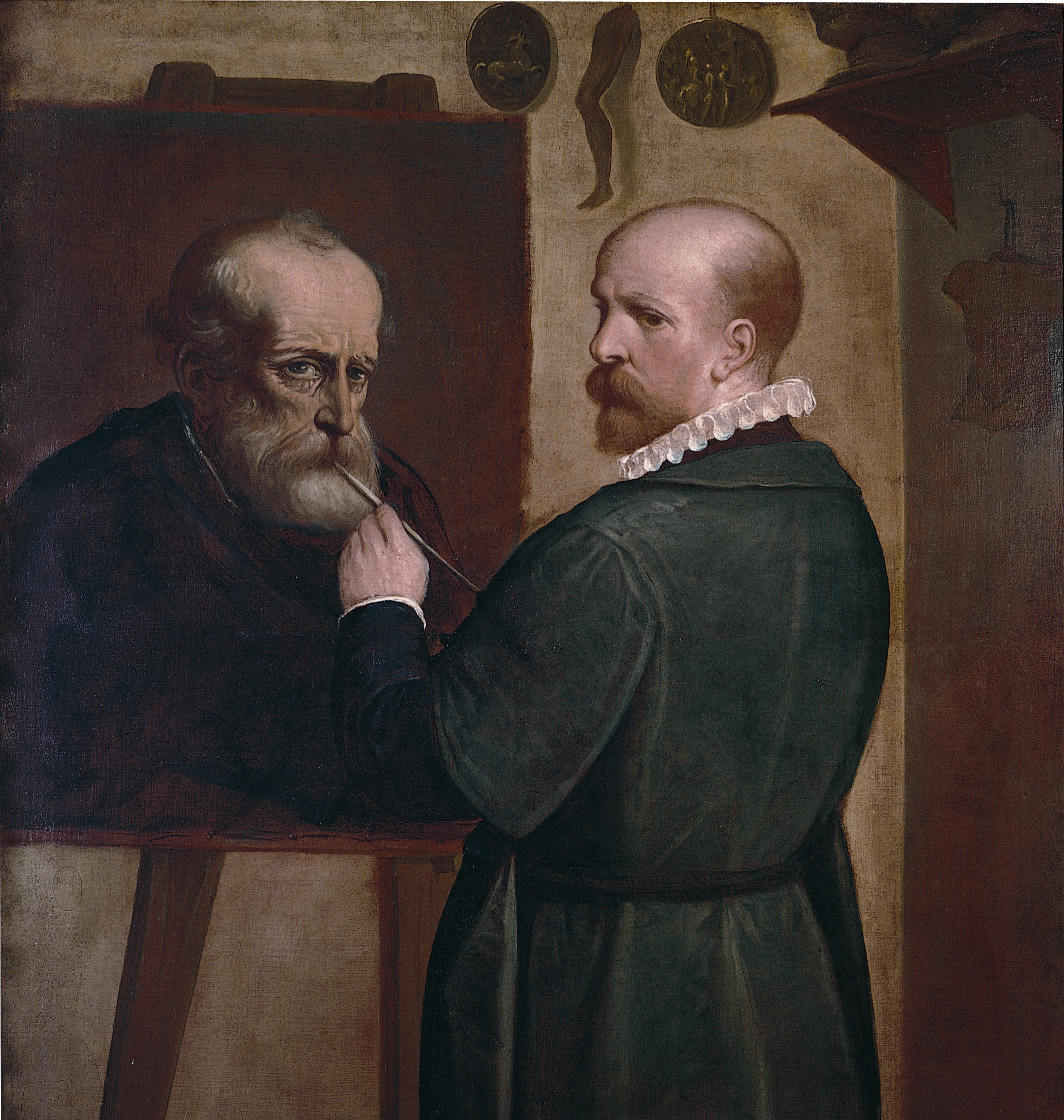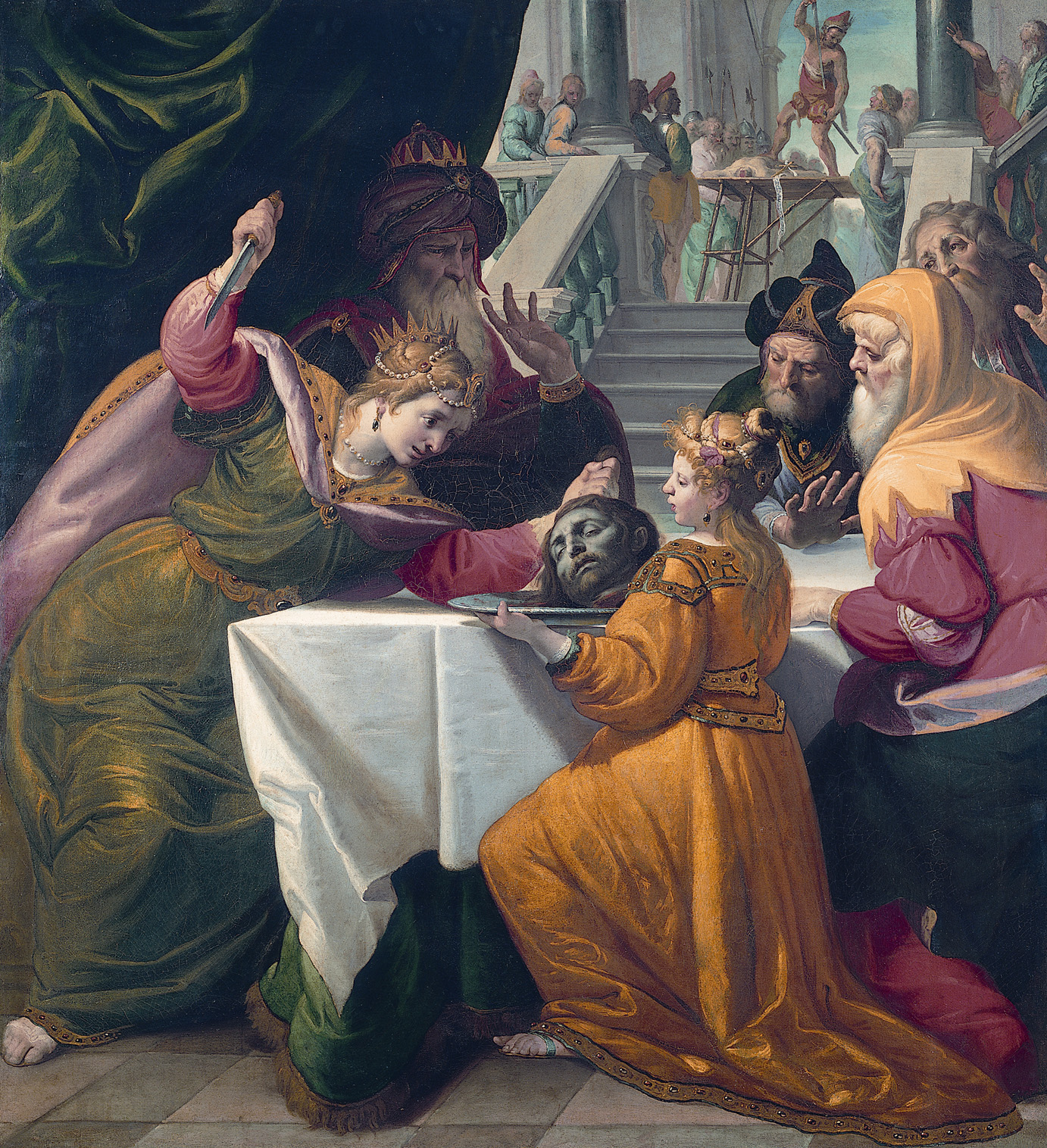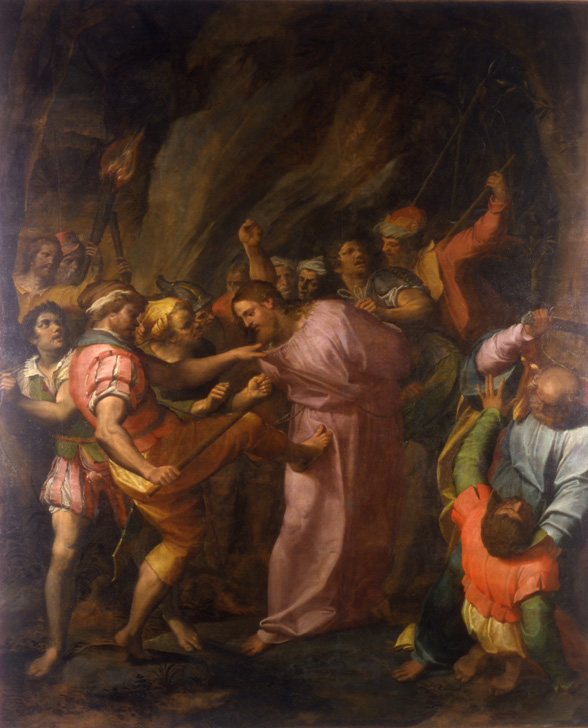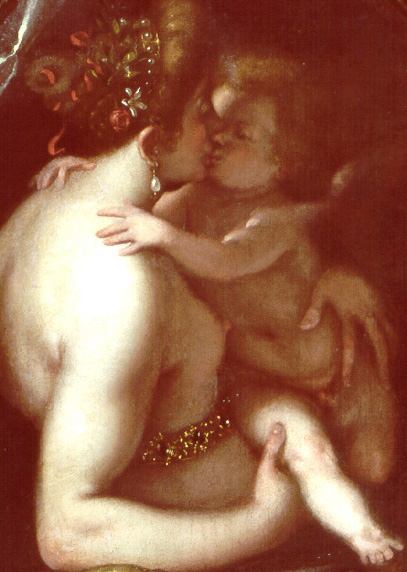The work explores one of the recurring themes in Troubetzkoy's sculpture, which led Vittorio Pica to describe him in 1900 in the pages of the magazine Emporium as the “sculptor of motherhood”. The sculpture still reflects the lively and nuanced style of the Scapigliati movement, the experiences of Giuseppe Grandi and Medardo Rosso, and is characterised by its indeterminate modelling, with the surface tormented by nervous and rapid workmanship. In it, Troubetzkoy tackles the theme of family affections, which was very popular in bourgeois circles, both secular and religious, at the end of the 19th century, with an objective title. The bronze statue may depict Amalia Riva Grandi, daughter of Milanese industrialist Filippo Riva, and her daughter Rosa, who would have been five years old around 1894, corresponding well to the childlike appearance of the portrait.
